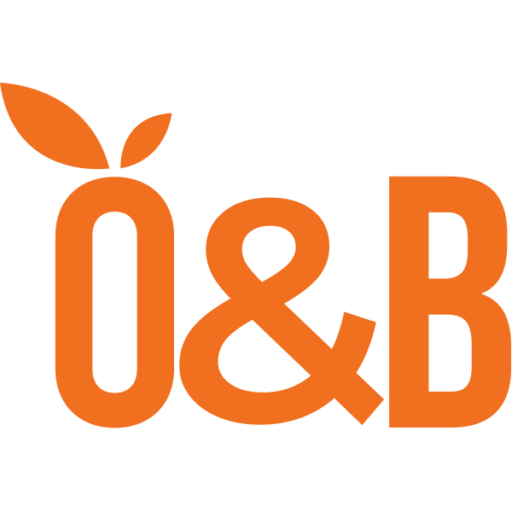I’m Justin and I work as a Quality Engineer for O&B. I have been given the opportunity to be the project manager for the account I’m currently assigned in. I’d like to share 5 tips that have helped improve my client interactions.
- Prepare an Outline
Before any meeting, it always helps to prepare an outline. It does not need to be comprehensive – a simple list defining “Topic A, B, and C” is a good start. It sets the flow and defines the scope of topics to be discussed. - Anticipate
Aside from preparing an outline, it is also important to anticipate the different questions that the client may throw at you. I’m sure we all have been afraid of being ill-prepared. It gives a very good impression when you are ready with answers. If you don’t know the answer, then be honest but proactive – my go to reply is “the team is still currently investigating the best approach for the issue raised earlier. We will get back to you as soon as possible”. There may be concerns that you cannot answer immediately, but you can, at the very least, provide an update on what is being done. You want to avoid saying “I don’t know” or “I’m not sure”. Positive scripting is important, and gives clients confidence in your service. - Do NOT commit if there are uncertainties
There will be many times when clients will ask hard questions – if certain features can be added, when will this new request be delivered, etc. No matter how pressured you may be and especially if you are unsure if you can serve a request, then it is completely okay to be non-committal at that instance. You have to be careful with commitments to protect your relationship with the client. I’ve been in situations where I was asked multiple times about a feature request in the same meeting, but I stood strong and reiterated that I need to consult with the team first. Just like any commitments we make in life, it can be very punishing if we do not meet them. - Speak and act naturally
I’ve seen it so many times – in seminars when I was still in university, in the workplace, etc. – where people talk in a language they clearly are not very comfortable speaking. It has been the norm that in these kinds of settings, people are expected to speak English, but in reality, it really isn’t. I would be way more impressed and less distracted with a speaker who would speak in a mixture of Tagalog and English than someone speaking straight English but messing up constantly throughout the talk. The only time you should probably be speaking straight English is if you know the audience cannot understand Tagalog. Go ahead and mix in a bit of Tagalog if this is what is comfortable for you! It gives a better impression when the audience sees that you are comfortable with the way you deliver your presentation. - Do a recap
I have always been a fan of providing a quick rundown at the end of presentations. This ensures that your team and the client are properly aligned on what was discussed. This is the part where you will discover if anyone did not understand certain parts. It may be a bit off-putting that you will have to reiterate some points, but trust me, it’s worth it. You don’t want any misunderstandings from both ends. If the meetings that you have are also recorded, this can already serve as the minutes of the meeting.










